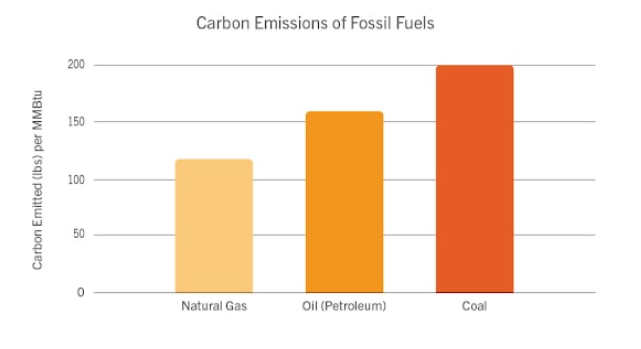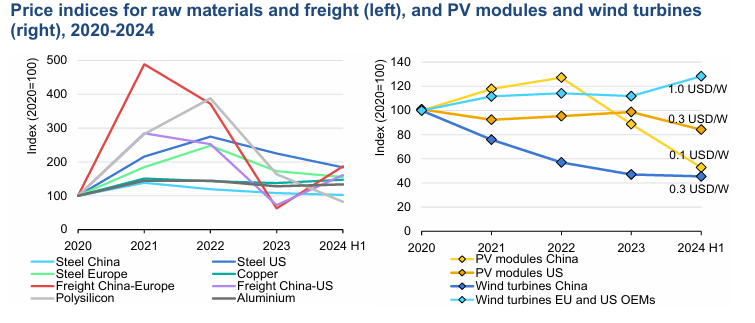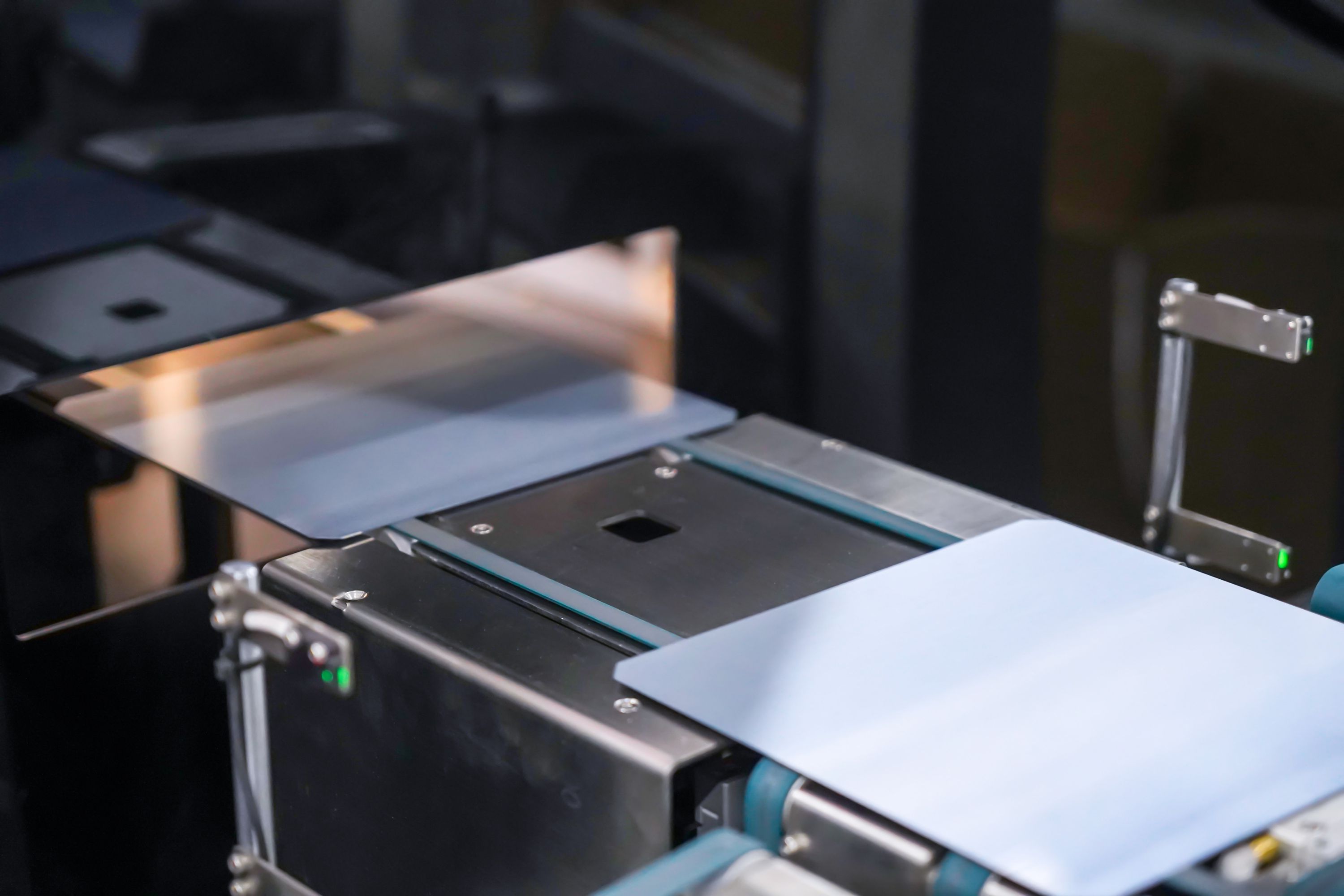Recent years have witnessed the emergence of solar PV as a transformative force in the global transition towards low-carbon development and a sustainable future. As more homeowners, businesses, and governments turn to solar energy, its benefits are becoming increasingly apparent—not just environmentally, but economically and practically.
Here are four surprising ways solar energy benefits our lives and its effects to sustainable development:
While some so-called "low carbon" products have hidden emissions from manufacturing, this is not the case for solar panels. One of the key benefits of solar energy is its genuinely low carbon footprint. During the manufacturing phase, solar panels produce approximately 50 grams of CO₂ per kilowatt-hour, primarily due to the production of silicon and the mining and processing of metals (Cooleffect, 2021). An average American household installs 20–25 panels, and the emissions generated during their production are typically offset within 2–3 years of use. Once operational, solar panels emit no carbon, making their lifetime emissions minimal.
In contrast, fossil fuel extraction and usage generate substantial emissions. Natural gas emits about 117 lbs of CO₂ per MMBtu, oil about 160 lbs, and coal around 200 lbs (IEA, 2024). The average U.S. household consumes 95 MMBtu of natural gas (Shrinkthatfootprint, 2025), 120 MMBtu of oil (Nasdaq, 2015), or 50 MMBtu of coal annually (Mcginley, 2017), resulting in 5 to 9 tons of CO₂ emissions from extraction alone.

Figure Source: Solaris Renewables
Although natural gas was once considered a cleaner transitional fuel, emissions from its extraction process significantly reduce its climate advantages. When measured by energy output, fossil fuels emit far more CO₂ per kilowatt-hour: natural gas 0.91 lbs, oil 2.13 lbs, and coal 2.23 lbs (Holst, 2022). Solar PV, by contrast, produces no emissions during operation and remains the cleaner, long-term solution.
As PV technology continues to evolve, this clean energy source is expected to replace high-emission fossil fuels, helping mitigate global warming and support a low-carbon, sustainable future.
Low Cost
The global shift to renewable energy has reached a "positive tipping point" with solar energy becoming increasingly affordable and widespread. According to an energy cost report by the IRENA, the three lowest-cost sources of electricity globally last year were onshore wind, solar PV, and new hydropower. The report also noted that solar PV is now 41% cheaper than the lowest-cost fossil fuel option worldwide (IRENA, 2025).
Over the past decade alone, the cost of solar cells has dropped by 90%. In the span of four decades, solar energy has evolved into the most affordable energy source in many countries. The Standards and Testing Agency has predicted that solar PV is on track to become the cheapest form of energy globally in 2025. This cost advantage makes it a powerful driver of the global shift toward a more sustainable future.

Global weighted average and range of total installed costs, capacity factors and LCOEs for utility-scale
solar PV, 2010–2024
Figure Source: IRENA

Figure Source: IEA
The sun represents the most sustainable and abundant energy source available to humanity. Unlike finite fossil fuels, solar energy is both renewable and virtually inexhaustible. As long as the sun continues to shine, it provides a consistent and reliable supply of energy.
Harnessing solar energy through PV technology allows us to access this limitless resource without depleting natural reserves, making it a cornerstone of long-term sustainable energy strategies. Solar PV is playing a critical role in building a clean, resilient, and future-proof energy system.
Easy to Install
PV technology has become easier and more flexible than ever. From rooftop systems for individual homes to large-scale commercial arrays, solar systems are easy to install and adapt to any location, even in geographically remote areas.
Installation is typically quick and non-intrusive, making solar an accessible option for both urban and rural settings. This convenience empowers more people to take control of their energy usage with minimal hassle.
Contributing Sustainable Future with QJSOLAR
The rise of solar PV marks a crucial step toward a cleaner, low-carbon, and more sustainable future for all. As pioneer in China solar monocrystalline field, QJSOLAR has been dedicated to the development and production of solar wafers and ingots for over 20 years. We have pioneered several key technologies and driven progress across the PV industry. Recognizing the immense benefits solar energy brings to humanity, we are proud to contribute to building a greener, cleaner, and more sustainable world.

Reference
Cambridge Dictionary (2025). low-carbon. [online] @CambridgeWords. Available at: https://dictionary.cambridge.org/dictionary/english/low-carbon.
Cool Effect. (2021). Carbon Footprint of Solar Panel Manufacturing. [online] Available at: https://www.cooleffect.org/solar-carbon-footprint.
Chilcoat, C. (2015). How Much Crude Oil Do You Consume On A Daily Basis? [online] Nasdaq.com. Available at: https://www.nasdaq.com/articles/how-much-crude-oil-do-you-consume-on-a-daily-basis-2015-02-27.
Holst , T. (2022). Renewable Natural Gas: A Sustainable Approach to the Energy Transition. Utah: INFORMED DECISIONS.
Irena.org. (2025). 91% of New Renewable Projects Now Cheaper Than Fossil Fuels Alternatives. [online] Available at: https://www.irena.org/News/pressreleases/2025/Jul/91-Percent-of-New-Renewable-Projects-Now-Cheaper-Than-Fossil-Fuels-Alternatives.
katelyn (2023). How Using Solar Energy Reduces Your Carbon Footprint. [online] Solaris Renewables. Available at: https://solarisrenewables.com/blog/how-using-solar-energy-reduces-your-carbon-footprint/.
McGinley (2017). How Much of Each Energy Source Does It Take to Power Your Home? | 29th September 2017 | News. [online] McGinley Support Services. Available at: https://www.mcginley.co.uk/news/how-much-of-each-energy-source-does-it-take-to-power-your-home/bp254/.
Renewables 2024. (n.d.). Available at: https://iea.blob.core.windows.net/assets/17033b62-07a5-4144-8dd0-651cdb6caa24/Renewables2024.pdf.
Wikipedia Contributors (2019). Renewable energy. [online] Wikipedia. Available at: https://en.wikipedia.org/wiki/Renewable_energy.
U.S. Energy Information Administration (2024). Natural Gas and the Environment - U.S. Energy Information Administration (EIA). [online] Eia.gov. Available at: https://www.eia.gov/energyexplained/natural-gas/natural-gas-and-the-environment.php.
Wikipedia Contributors (2019). Photovoltaic system. [online] Wikipedia. Available at: https://en.wikipedia.org/wiki/Photovoltaic_system.
Wikipedia Contributors (2019). Solar panel. [online] Wikipedia. Available at: https://en.wikipedia.org/wiki/Solar_panel.
Writer, S. and Writer, S. (2023). Average Natural Gas Usage Per Month - 2023 - Shrink That Footprint. [online] Shrink That Footprint. Available at: https://shrinkthatfootprint.com/average-natural-gas-usage-per-month/.


 IngotsLearn More
IngotsLearn More



















 Please Click On The Question You Want To Consult
Please Click On The Question You Want To Consult